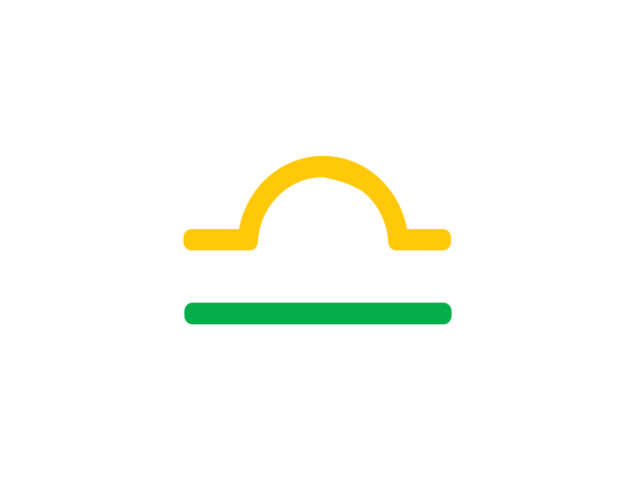In my first week on the job at the Joan Ganz Cooney Center I learned about two terrific Websites — Poptropica and Whyville. I dutifully recommended them to my brother and sister-in-law, who are ever in search of “good” digital media for their 8-year-old. “Thanks so much for these,” Debbie responded. “So helpful. I was just about to search the web for some good math sites for Marta… she definitely needs practice that is also fun. She’s holding her own but needs to pick up the pace. If you hear about any other sites or apps that are particularly good for math (second grade, counting coins etc.) please send them our way!”
My sister-in-law, like so many parents, is trying to separate the wheat from the chaff. She wants to support what her daughter is learning in school with some digital at-home fun that aligns to the second grade curriculum.
I’m thrilled to be at the Cooney Center and join the national conversation about advancing children’s learning in the digital age. And I want to keep these questions on the front burners:
1. What’s the good stuff? And what are the tools that parents, grandparents, teachers, and others who care for kids can use to discriminate? Last year’s Cooney Center report, Learning: Is there an App for That? showed evidence that kids can learn from apps. So tell me how the content aligns to age developmental age and stage, what curriculum standards are being met, how well-produced the media. And then please tell me:
2.What’s the right media diet for kids? I want to know what the right balance is of screens-to-no-screens (is that even the right question to ask?), again at every age and stage, for every temperament, learning style, etc. According to the Cooney Center’s upcoming report, Always Connected, young kids are consuming about 4-5 hours of media a day. And the Kaiser Family Foundation reports that kids who are 8 years old are engaged with digital media in some form for more than 7.5 hours a day — outside of school! So can we discuss, please, what to feed them?
My career has been largely devoted to providing information about raising happy, healthy kids. When I was the Editor-in-Chief of Child Magazine in the 1990s I was lucky enough to have Penelope Leach as a contributor. One month, when she was writing a piece on kids and sleep, I asked her to provide a sidebar on how much total sleep children need at every age. She wouldn’t do it. “There’s no one answer and there’s no right answer,” she said. “But it’s what my readers want to know,” I pleaded. “Please, let’s answer their burning question.” She wouldn’t budge. So we compromised: she wrote a sidebar titled, “Why I Can’t Tell You How Much Sleep your Child Needs.” Did it appease the readers? Probably some of them. It was thoughtful, and of course true. But it wasn’t a sound bite, and I feared then (and would fear even more now) that it is hard to communicate smart and sometimes complex advice. So my last first-week question is this:
3.How should we send parents and educators all these messages? There’s amazing research being done, and some excellent resulting advice. But if it doesn’t reach the end-user — those of us dedicated to helping kids learn at home, in school, and after school, then the job is only half done.



